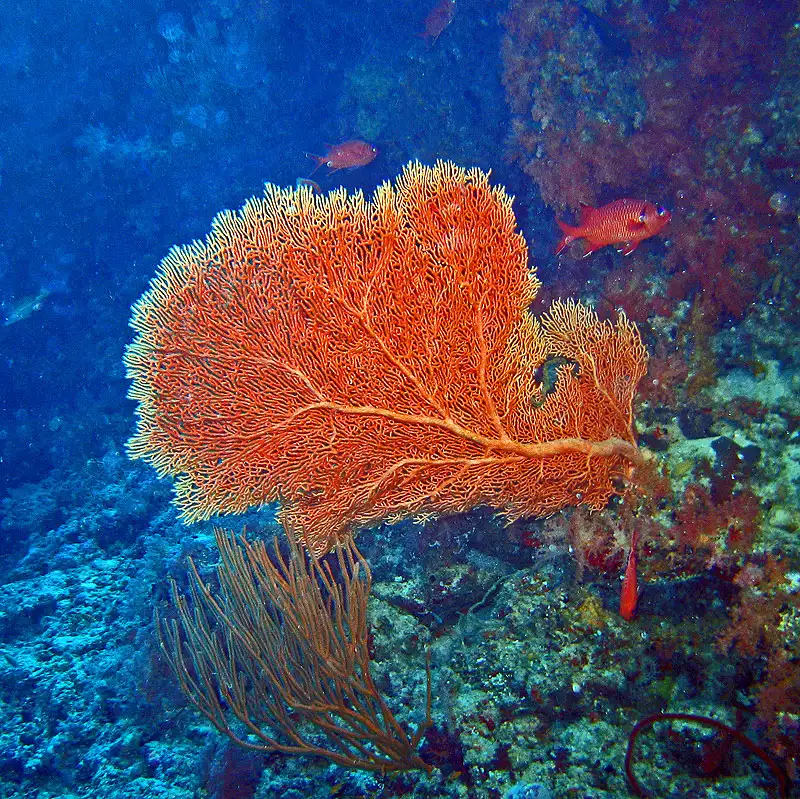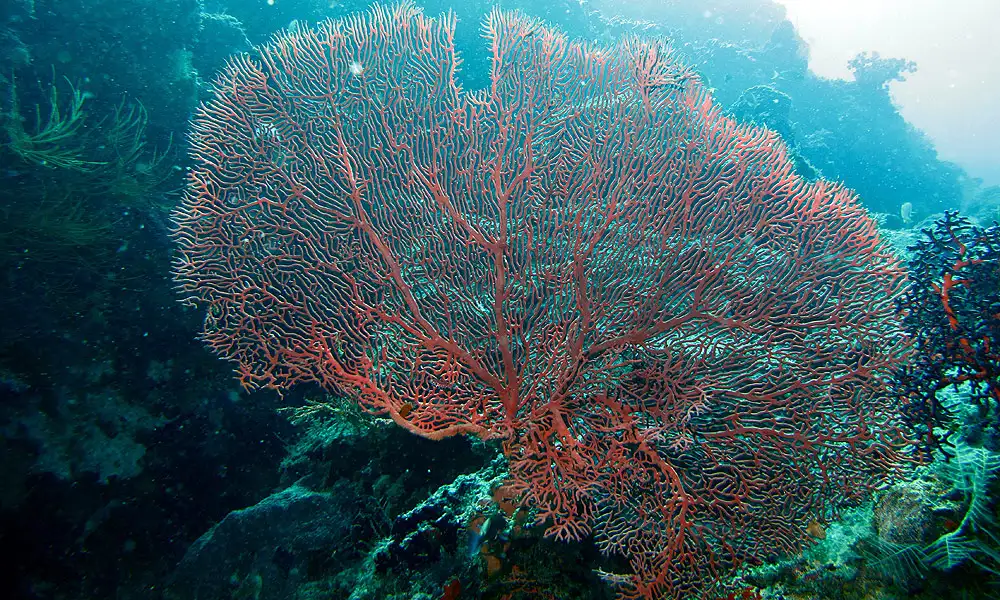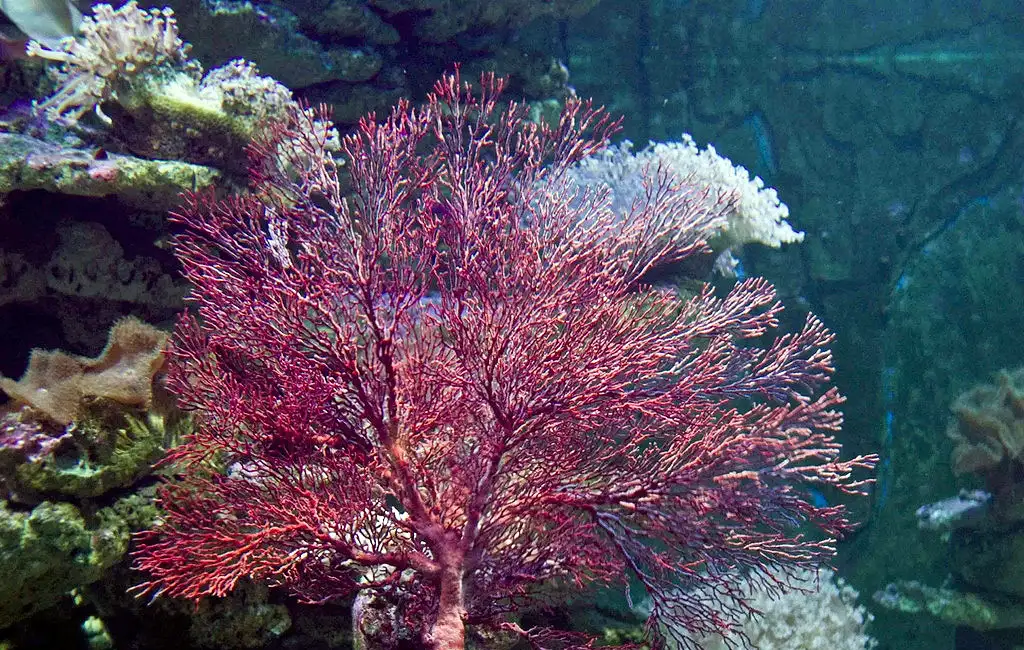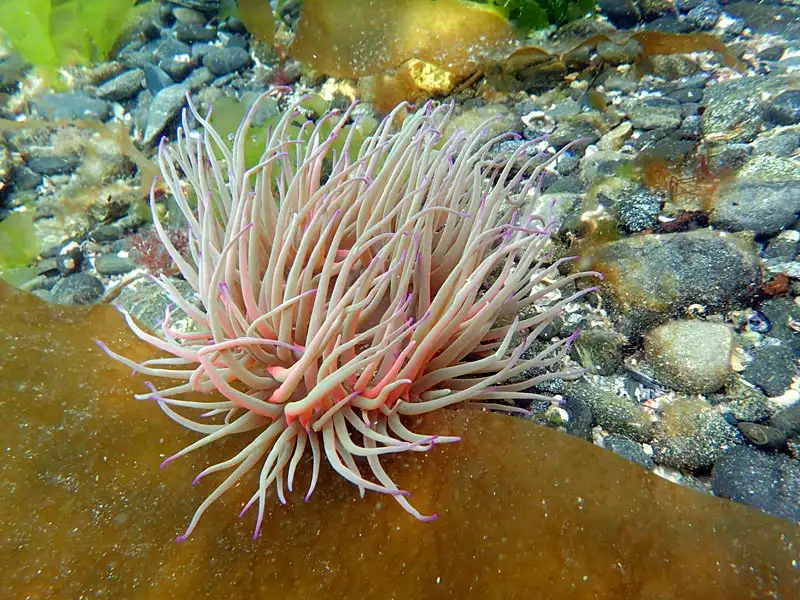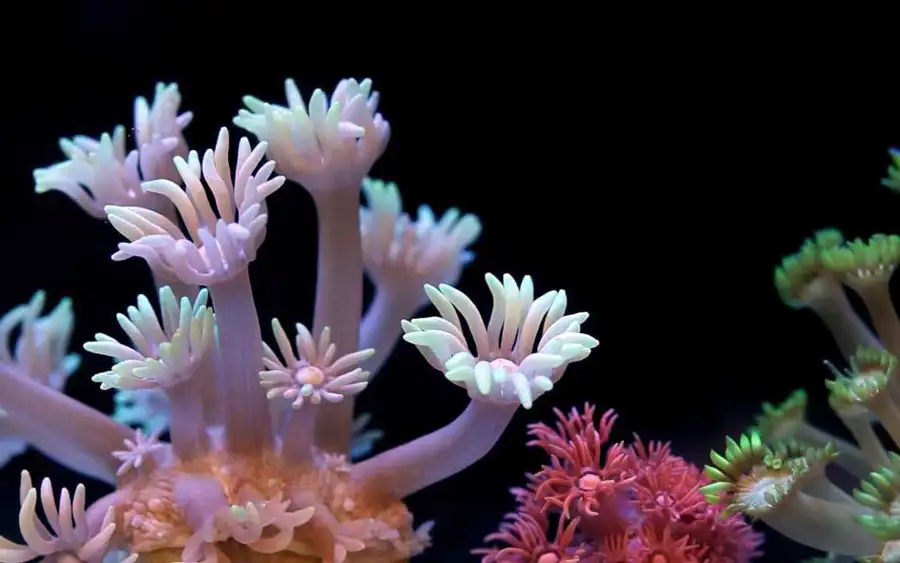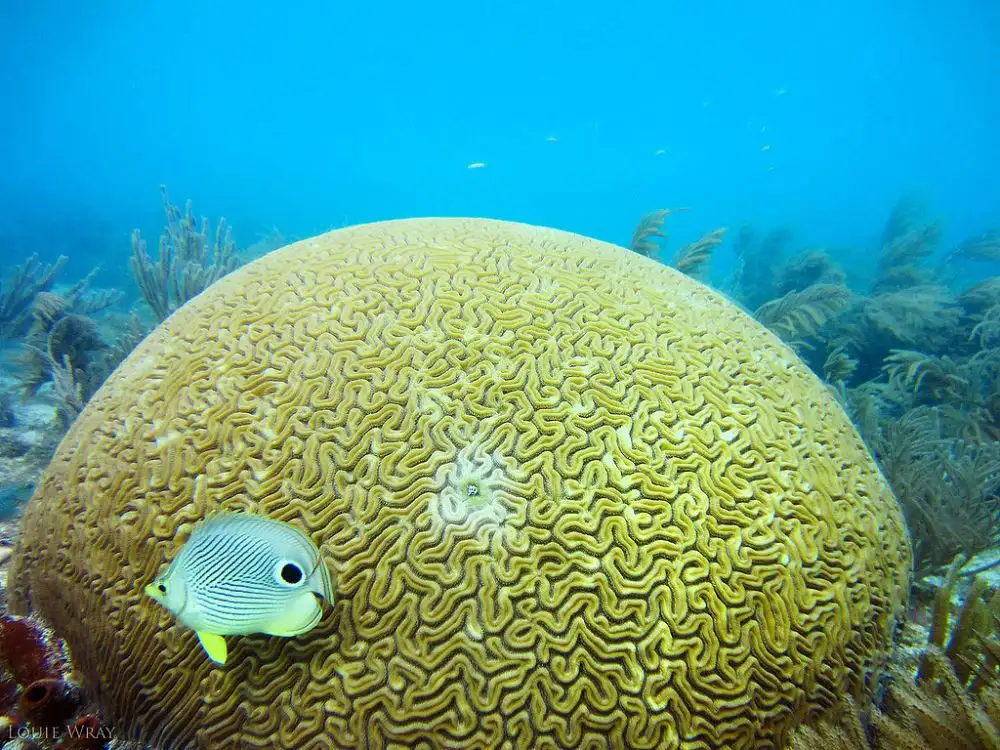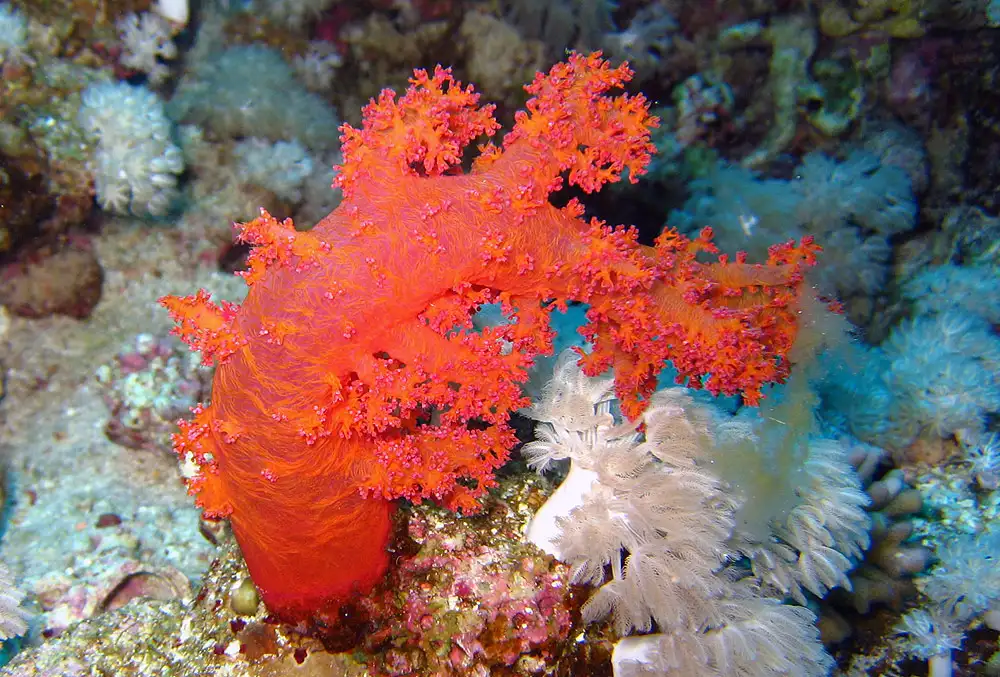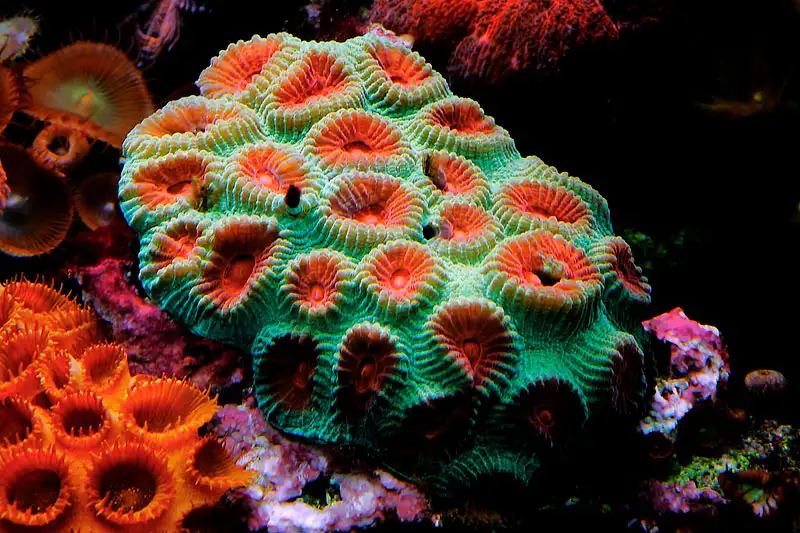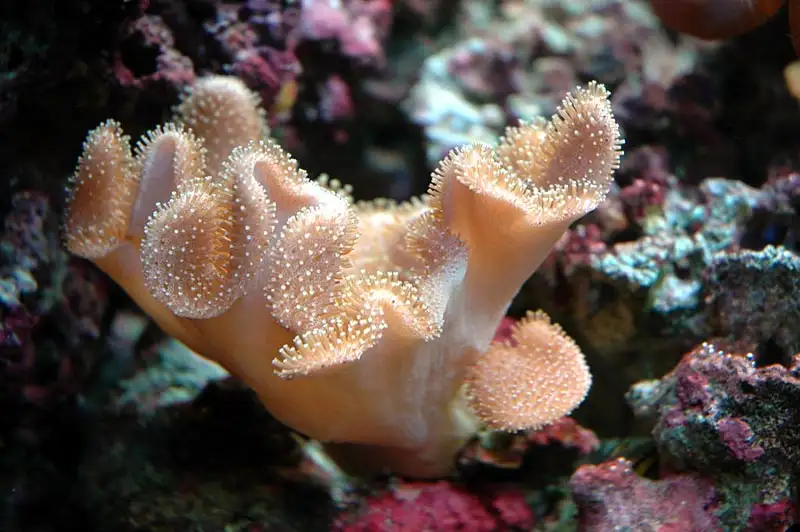Yellow Sea Fan
IUCN
LCBasic Information
Scientific classification
- name:Yellow Sea Fan
- Scientific Name:Subergorgia suberosa
- Outline:Echinodermata
- Family:Alcyonacea Subergorgia
Vital signs
- length:Fan height 30–100 cm; to ~150+ cm
- Weight:Varies with colony size; not standardized
- lifetime:Long‑lived octocoral (years to decades)
Feature
Planar fan for suspension feeding; anchors to hard substrata; sexual and asexual reproduction incl. fragmentation.
Distribution and Habitat
Indo‑Pacific outer reefs, slopes and walls with moderate–strong currents (~10–40 m).
Appearance
Yellow to orange‑yellow fan with pinnate branching; small eight‑tentacled polyps; proteinaceous axis with calcareous sclerites.
Details
Subergorgia suberosa, commonly called the yellow sea fan, is a gorgonian‑type soft coral (Octocorallia: Alcyonacea) forming planar, fan‑shaped colonies. Branches spread within a single plane to maximize exposure to prevailing currents for suspension feeding on plankton and organic particles.
Ecology & Biology
Feeding: polyps capture zooplankton and particulates from flow; energy comes from heterotrophic feeding rather than heavy reliance on symbiotic algae.
Reproduction: sexual broadcast spawning/planulation plus asexual fragmentation with re‑attachment to hard substrata.
Attachment/orientation: colonies anchor to hard substrates (rock, dead coral) and orient their fan plane roughly perpendicular to the main current.
Identification
Colonies are typically yellow to orange‑yellow; a stout trunk gives rise to pinnate branching forming one or a few fan sheets. Surface pores house small eight‑tentacled polyps. The internal skeleton consists of a proteinaceous axis withcalcareous sclerites providing strength and flexibility.
Colony size & Longevity
Fan height: commonly 30–100 cm; exceptional colonies to ~150+ cm.
Fan width: commonly 20–80 cm (variable with space and flow).
Life: long‑lived octocoral; colonies can persist for many years to decades on stable reefs.
Range & Habitat
Occurs on tropical–subtropical Indo‑Pacific outer reefs, slopes, walls and channels with moderate to strong currents, typically at ~10–40 m depth (and deeper). Prefers clear water and low sediment loads.
Threats & Conservation
Physical damage from storms, anchoring, fishing gear entanglement and diver contact.
Sedimentation/turbidity that clogs polyps and reduces feeding efficiency.
Climate stress (warming and acidification) that may affect skeletal deposition and colony integrity.
IUCN: no widely accepted global assessment—marked here as Not Evaluated (NE). Recommended: current‑swept reef buffers, no‑anchor zones and responsible diving/photography codes.
FAQ
Q1. Why do sea fans grow “side‑on” to the current? A planar fan perpendicular to flow maximizes interception of plankton.
Q2. Can it be propagated? Fragmentation and re‑attachment are possible under controlled conditions with stable flow and clean hard substrata.
Q3. Does it bleach like stony corals? Classic zooxanthellate bleaching is less typical; stress, injury or turbidity can still cause tissue loss/paling.
Q4. How to distinguish from other yellow gorgonians? Use colony colour, branching pattern and planar consistency; definitive ID may require sclerite morphology and locality.

